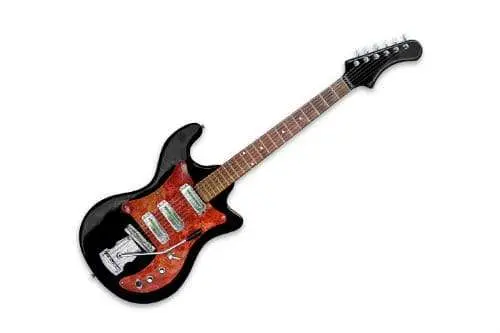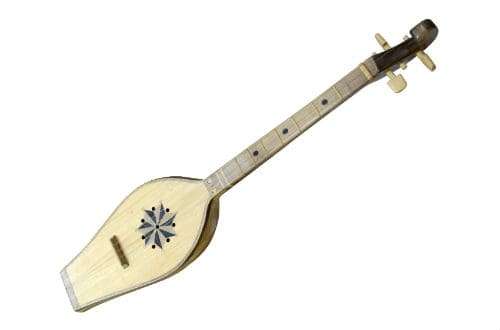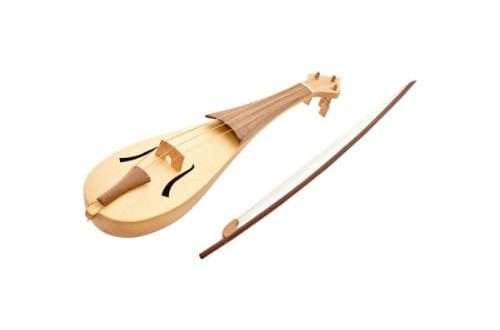
Solo guitar: features of the instrument, scope of use, applied playing techniques
The lead guitar is the guitar that plays the lead role in the composition. In Western terminology, in addition to the term “solo guitar”, “lead guitar” is also used. In terms of construction, the solo does not differ from the rhythm guitar. The difference lies in the way the tool is used.

The lead guitar part is composed by guitarists and played using any technique. Scales, modes, arpeggios and riffs can be used in the composition process. In heavy music, blues, jazz and mixed genres, lead guitarists use alternative picking techniques, legato and tapping.
The solo guitar leads the main melody of the composition. In the moments between choruses, there may be a solo playing of the main melody, usually improvised.
In bands with multiple guitarists, there is usually a division of responsibilities. One musician performs solo parts, the second rhythm. During the concert, the musicians can change parts – the rhythm guitarist starts playing the solo and vice versa. In some cases, both musicians, playing different notes, simultaneously produce special chords with unusual harmonies.
Shredding may be used when playing a solo guitar. This is a fast picking style that uses tapping and dive bombs.





